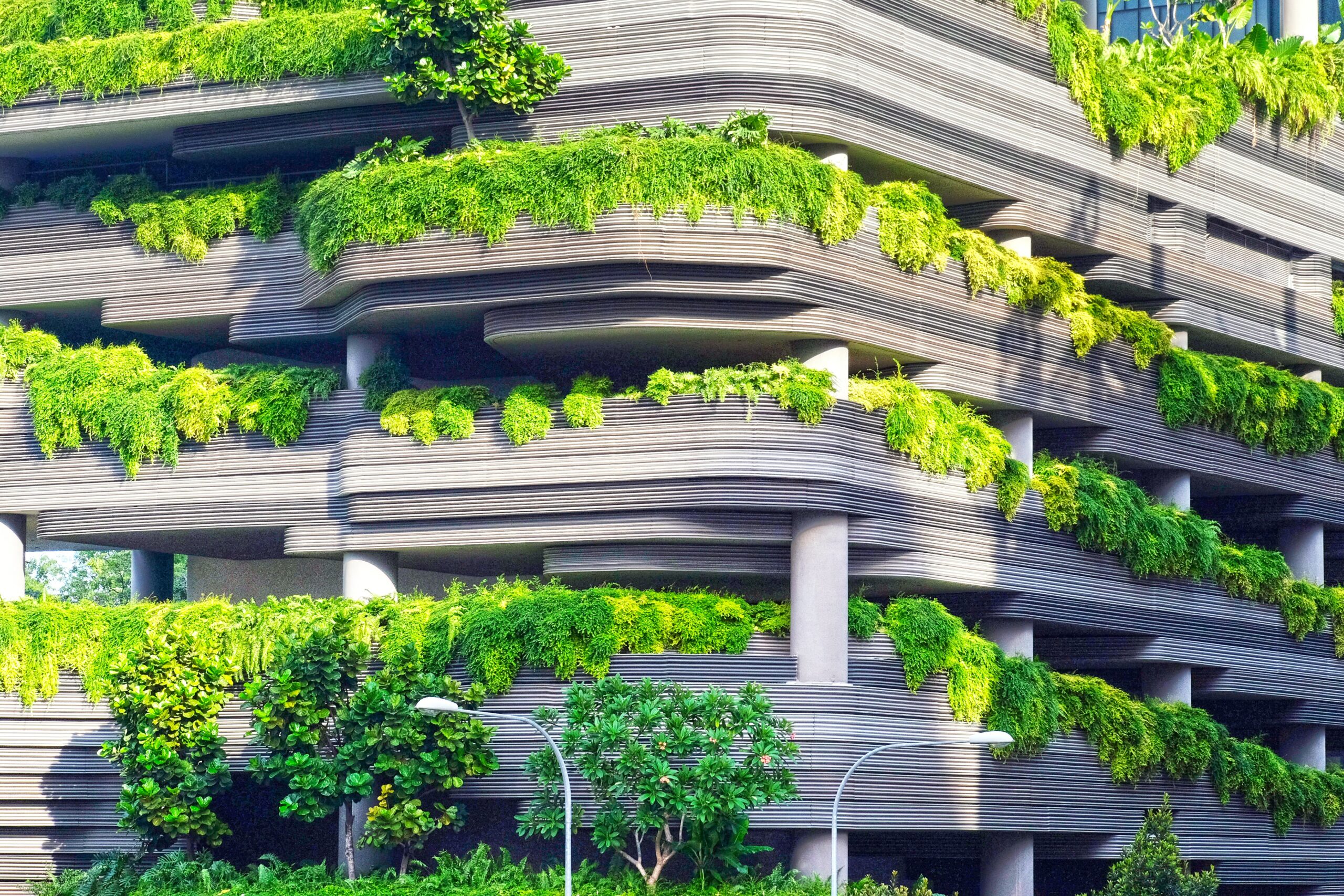In a world where change is the only constant, adaptive reuse stands as a beacon of innovation, sustainability, and architectural brilliance. It’s a concept that transcends the traditional boundaries of construction, breathing new life into old structures and reshaping the landscape of urban development. Let’s embark on a journey into the captivating realm of adaptive reuse.
What is Adaptive Reuse?
One of the most compelling aspects of adaptive reuse is its commitment to historical preservation. It’s like walking through a time capsule, where the architectural echoes of the past are seamlessly integrated into the present. From repurposed factories that once fueled the industrial revolution to revamped warehouses that tell tales of commerce, every adaptive reuse project preserves a piece of history.
Sustainability in Action: A Green Revolution
As the world grapples with environmental challenges, adaptive reuse emerges as a sustainable solution. By reimagining and renovating existing structures, this practice significantly reduces the demand for new construction materials and minimises the environmental impact associated with demolition. It’s an architectural approach that aligns with the growing global emphasis on sustainable living and responsible resource use.
Economic Efficiency: Balancing Budgets and Innovation
Contrary to the misconception that innovation comes at a high cost, adaptive reuse often proves to be economically savvy. Renovating existing spaces tends to be more cost-effective than starting from scratch. The process involves working with the bones of an existing structure, saving both time and resources. This balance between budget considerations and innovative design is a key driver of the widespread adoption of adaptive reuse.
Community Revitalization: A Catalyst for Change
Adaptive reuse is not just about transforming buildings; it’s about revitalizing entire communities. Converting abandoned or underutilised spaces into vibrant hubs of activity can be a catalyst for community development. From repurposed industrial areas becoming cultural centers to old schools finding new life as mixed-use developments, these projects breathe new vitality into neighborhoods.
Architectural Diversity: Where Tradition Meets Modernity
One of the most visually appealing aspects of adaptive reuse is the celebration of architectural diversity. The juxtaposition of historic elements with contemporary design creates a dynamic and visually engaging environment. It’s a fusion that pays homage to the past while embracing the functionality and aesthetics of the present.
Adaptive Reuse Success Stories: Turning Vision into Reality
The success stories of adaptive reuse projects abound. Iconic landmarks transformed into luxury hotels, obsolete warehouses becoming trendy lofts, and decommissioned churches evolving into innovative workspaces—all bear witness to the transformative power of adaptive reuse. These projects not only demonstrate the creative potential of repurposing but also serve as inspiration for future endeavors.
Challenges and Considerations: Navigating the Path Forward
While adaptive reuse offers a myriad of benefits, it’s not without its challenges. Balancing the preservation of historical integrity with the need for modern functionality requires a delicate touch. Additionally, navigating zoning regulations and building codes can present hurdles that demand creative solutions. Yet, it’s precisely these challenges that fuel the ingenuity inherent in adaptive reuse projects.
Adaptive Reuse at Purpose Group
Step into any Purpose Group workspace, such as The Archives in Tottenham Hale, and you step into a unique journey through time. The Archives, spanning over 100,000 square feet across six floors, was once a vacant warehouse. Now, it stands transformed into a vibrant creative hub for the Tottenham community. This adaptive reuse project preserves the industrial charm of the warehouse while redefining it as a modern workspace, reflecting Purpose Group’s dedication to history and innovation.
Another shining example is Development House in Shoreditch, a testament to Purpose Group’s prowess in transforming spaces. What was once an obsolete building, we transferred it into a dynamic workspace, contributing not just to the corporate landscape but also to the lively character of Shoreditch.
In conclusion, Purpose Group’s embrace of the adaptive reuse model isn’t just a business strategy; it’s a commitment to preserving history, promoting sustainability, and fostering community development. As we witness the transformation of old structures into new and vibrant workspaces, guided by Purpose Group’s innovative spirit, we are reminded that the past is not something to be discarded but rather a foundation upon which to build a sustainable and inspiring future.

